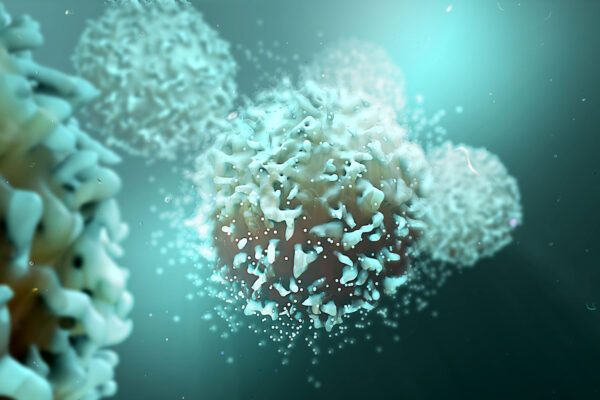
While immune checkpoint blockade therapies targeting T cells have shown promise, limitations arise in cases of tumor escape mechanisms, including HLA-I downregulation. Loss of HLA-I can render T cell therapies less effective. Combining NK cells with T cell-based therapies may help overcome this limitation. NK cells, unaffected by HLA-I expression, provide a complementary approach, enhancing the overall antitumor response.
Allogeneic NK cell therapies offer several advantages over CAR T-cell therapies. They are associated with reduced cytokine release syndrome and neurotoxicity, immediate availability for off-the-shelf use, and the potential for recognizing tumors through multiple mechanisms, reducing the risk of antigen-escape failures. The combination of NK cells with tumor-reactive T cells or T cell receptor-engineered T cells (TCR-T) proves effective, particularly against tumors with low or no HLA-I expression.
Research has pointed to the feasibility and safety of allogeneic NK cell therapy, especially in patients with relapsed/refractory acute myeloid leukemia1. Modern approaches involve different tissue sources for NK cells, including peripheral blood, cord blood, and induced pluripotent stem cells. Off-the-shelf peripheral blood NK cells, memory-like NK cells, and expanded blood NK cells are among the strategies explored in clinical trials. Additionally, researchers are investigating NK cells derived from cord blood and induced pluripotent stem cells, each with its own set of advantages and challenges.
Blocking inhibitory signals through monoclonal antibodies and gene editing techniques aims to enhance NK cell treatment potency. Strategies to enhance target cell recognition involve the use of bispecific and trispecific engagers, as well as CAR engineering to broaden target specificity. Improving functional persistence includes providing cytokine support, harnessing memory-like or adaptive programs, and shielding allogeneic NK cells from host rejection2.
The possibility of paired immunotherapies could be the key that unlocks the recovery for many who, despite initial optimism, experience immunotherapy failure. Surviving tumor can become more virulent and resistant to immune attacks and therapies. In addition, in cases where the therapy is ineffective, patients may still experience side effects without the hoped-for benefits. The ramifications of immunotherapy failures extend beyond the persistence of the primary tumor.
In addition to enhancing therapeutic efficacy, the consideration of paired immunotherapies addresses the challenges of immunotherapy-related side effects when treatments prove ineffective. Healthcare providers are faced with the imperative to explore novel avenues and refine existing strategies. They must find the path to minimizing adverse events while maximizing the therapeutic impact.
References
- Rubnitz, J.E.; Inaba, H.; Ribeiro, R.C.; Pounds, S.; Rooney, B.; Bell, T.; Pui, C.H.; Leung, W. (2010.) NKAML: A Pilot Study to Determine the Safety and Feasibility of Haploidentical Natural Killer Cell Transplantation in Childhood Acute Myeloid Leukemia. J. Clin. Oncol. Iss. 28, 955–959.
- Wang X, Yang X, Wang Y, et al. (2023). Combination of Expanded Allogeneic NK Cells and T Cell-Based Immunotherapy Exert Enhanced Antitumor Effects. Cancers. 15(1):251. doi.org/10.3390/cancers15010251
